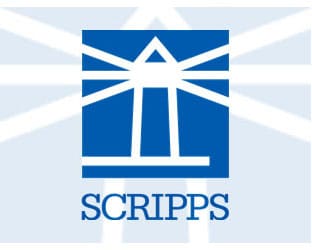
That’s a question the American Cable Association (ACA) very much wants an answer to, and in a letter sent electronically to the FCC on Monday (2/13), it now has an official query on the subject included in the Commission’s docket on the proposed transition to the ATSC 3.0 broadcast standard.
The full Commission will vote on the NPRM at its February Open Meeting, set for the 23rd.
Specifically, the ACA urges the FCC to include questions relating to the impact of the ATSC 3.0 transition on small MVPDs in the final Notice of Proposed Rulemaking (NPRM) on the “Next Generation TV” broadcast television standard.
This would mimic the appearance of questions the draft NPRM asked about small broadcasters.
Paragraph 26 of the Draft NPRM asks “whether small, rural, low-power, and NCE broadcasters would face unique circumstances with regard to the voluntary provision of ATSC 3.0 that we should consider in this proceeding.” It then goes on to ask a series of questions about how the Commission might ease the burdens of such entities.
“We think it makes sense for the Commission to ask questions about how such a far-reaching and complicated transition will affect small and rural broadcasters,” ACA Counsel Michael Nilsson writes. “Among other things, the Commission is required to examine the benefits and burdens of this proposal as they relate to small entities. The proposed transition, however, will also create ‘unique circumstances’ for small, rural and capacity-constrained MVPDs, including ACA members.”
Small MVPDs, the ACA argues, “are uniquely vulnerable to broadcaster attempts to compel carriage of ATSC 3.0 signals.”
ACA also contends that rural MVPDs are uniquely susceptible to changes in broadcast service areas — both during the proposed transition and with respect to ATSC 3.0 transmissions.
The letter also reminds the Commission that it is required under the Regulatory Flexibility Act to examine the burdens and burdens of the proposal as they relate to small entities.
RBR + TVBR RELATED READ: Pai’s Pilot Program Propels Transparency




